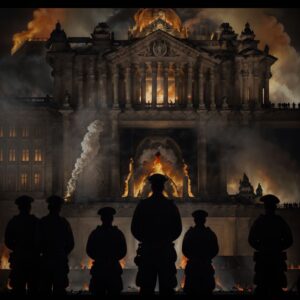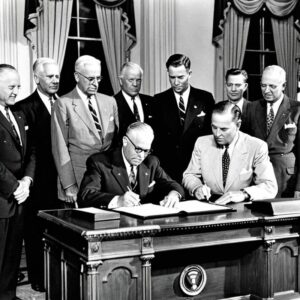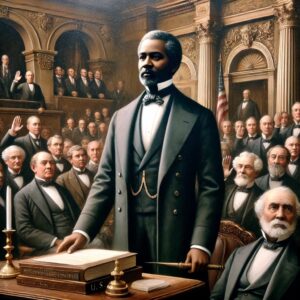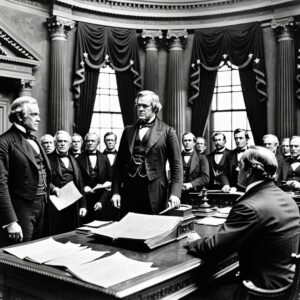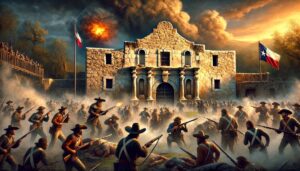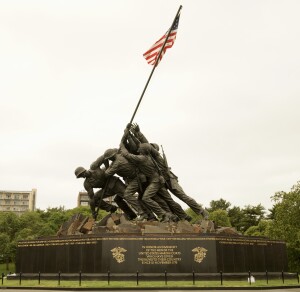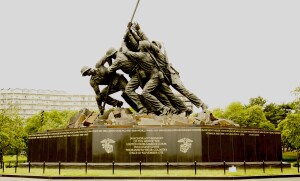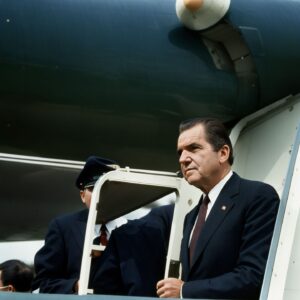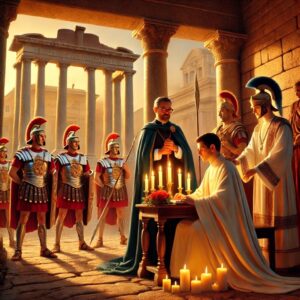On the night of February 28, 1986, Sweden was shaken to its core when Prime Minister Olof Palme was assassinated on a Stockholm street. Palme, known for his strong stance on social justice, disarmament, and international diplomacy, was walking home from a movie with his wife when he was fatally shot. The attack was as brazen as it was shocking—Sweden’s head of government, who famously refused security protection, was gunned down in public, leaving a stunned nation grappling with grief and unanswered questions.
Palme’s murder sent shockwaves beyond Sweden. He was a vocal critic of apartheid in South Africa, U.S. involvement in Vietnam, and Soviet aggression, earning both admirers and adversaries worldwide. His leadership embodied Sweden’s neutral but active role in global politics. In the wake of his assassination, a massive investigation unfolded, but years of inquiries, false leads, and conspiracy theories only deepened the mystery. It wasn’t until 2020 that Swedish authorities pointed to Stig Engström, a graphic designer, as the likely suspect—though by then, he had already passed away, leaving the case without definitive closure.
Palme’s legacy remains strong. His vision for a more equal and peaceful world continues to inspire political leaders and activists today. While his death left a void in Swedish politics, it also underscored the importance of standing up for justice, no matter the risks. More than three decades later, Sweden still remembers the night it lost a leader who dared to challenge the status quo.



